Tag: Greater Wichita Partnership
-

WichitaLiberty.TV: Wichita and Kansas economies
In this episode of WichitaLiberty.TV: Bob Weeks and Karl Peterjohn discuss issues regarding the Wichita and Kansas economies.
-
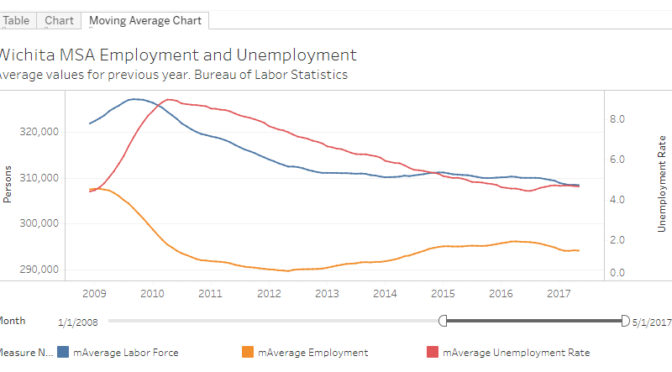
Wichita employment trends
While the unemployment rate in the Wichita metropolitan area has been declining, the numbers behind the decline are not encouraging.
-

Wichita MSA employment series
Charts of employment in the Wichita metro area, along with Kansas and the United States.
-
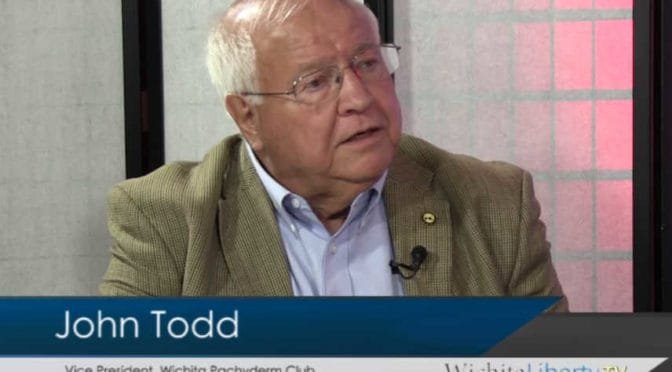
WichitaLiberty.TV: John Todd and Wichita issues
John Todd joins Bob Weeks and Karl Peterjohn to discuss issues involving the City of Wichita, including the future of Naftzger Park and economic development.
-

Coverage of Downtown Wichita workers
The Wichita Eagle’s coverage of the number of workers in Downtown Wichita isn’t fake news, just wrong news.
-

Metro Monitor for the Wichita economy
A research project by The Brookings Institution illustrates the performance of the Wichita-area economy.
-
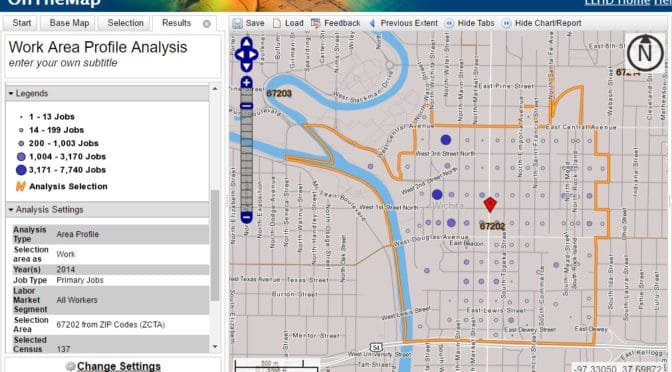
Census data for downtown Wichita workers
Is the presentation of the number of workers in downtown Wichita an innocent mistake, mere incompetence, or a willful lie?
-
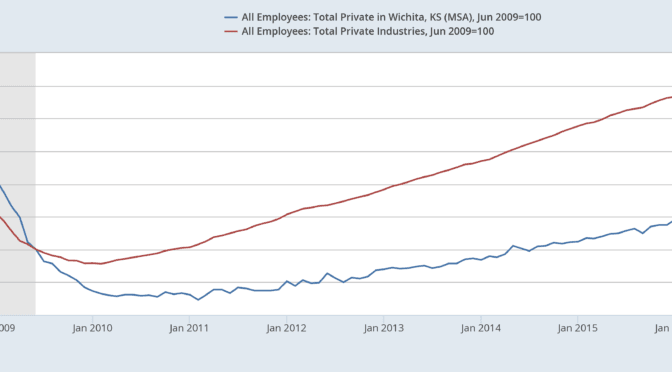
Wichita post-recession job growth
Wichita has recovered from recessions, but after the most recent, the city is falling further behind.
-
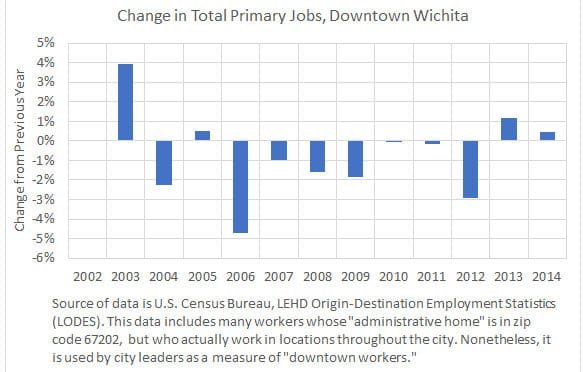
Growth in Downtown Wichita Jobs
Even if we accept the measure of jobs used by the City of Wichita, the trend is in the wrong direction. Citizens should ask for truth and accountability.
-
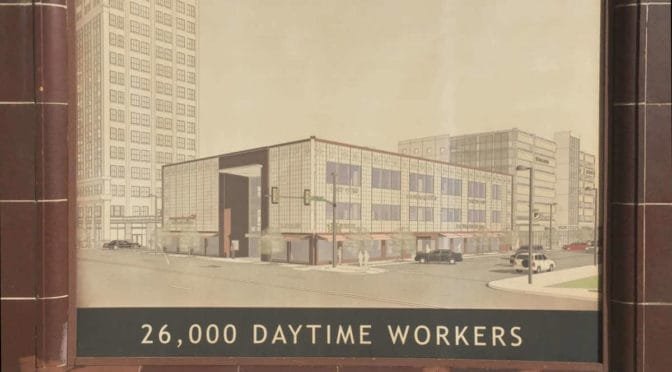
Downtown Wichita jobs, sort of
The claim of 26,000 workers in downtown Wichita is based on misuse of data so blatant it can be described only as malpractice.
-

During Sunshine Week, here are a few things Wichita could do
The City of Wichita says it values open and transparent government, but the city lags far behind in providing information and records to citizens.
-
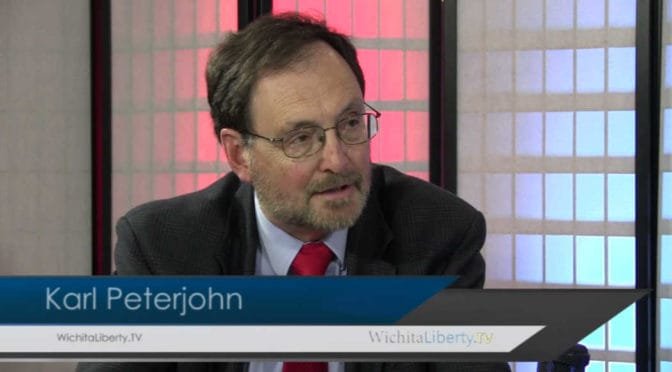
WichitaLiberty.TV: Kansas conventions, taxing and spending, and Wichita economic development
In this episode of WichitaLiberty.TV: Co-host Karl Peterjohn joins Bob Weeks to discuss the Kansas congressional nominating conventions, taxing and spending in Topeka, and Wichita economic development and promotion. Episode 139, broadcast February 19, 2017.